Table of Contents
Anyone selling to the government quickly learns one rule: a valid tender or offer of performance must be clear, complete, and ready for acceptance without back-and-forth. That principle sounds obvious, yet every month perfectly good bids get binned because a file name is wrong or a certificate is missing.
Indian law sets the baseline. Section 38 of the Contract Act calls for an offer that covers the whole obligation, reaches the right officer, and leaves no condition open. Public procurement systems add tougher hurdles. A bid must travel through strict upload windows, fixed file sizes, and digital-signature checks. Miss the format by a pixel and the portal tags the submission “non-responsive”—no human ever reads the price.
Take a recent GEM tender for LED street-lights. A Nashik-based startup quoted the best rate but forgot to sign the technical sheet with its Class-III DSC. The system flagged “signature absent,” and the bid joined the rejection pile before evaluation day. Similar stories repeat on CPPP when vendors zip documents with the wrong version of Java or on a state portal when PDF scans exceed five megabytes.
The cure lies in discipline, not luck. Verify that every document follows the tender document checklist, match GSTIN and PAN across forms, keep the bid validity period exactly as asked, and test the DSC on the same browser version the portal recommends. Do that, and the offer passes the first gate; skip a single step, and even the lowest price cannot save the submission.
CPPP and State eTendering Platforms: Technical Validity vs Legal Tender
Every public portal works on two layers. The first is the legal requirement: a valid tender or offer of performance must be unconditional, timely, and complete. The second is the code that runs the portal, a maze of Java applets, encryption checkers, and size caps. On the Central Public Procurement Portal (CPPP), the system cross-checks each file against its own schema before it even reaches the evaluation desk. A single mismatch between the encryption certificate and the signature certificate leads to an instant “hash error,” and the bid drops out of contention without human review.
State platforms present a different set of hurdles. Kerala’s eProc site limits uploads to 2 MB per PDF; Uttar Pradesh permits 20 MB but insists on a specific file-naming pattern. Vendors who rename the price sheet after generating the digital signature find the signature invalidated because the hash no longer matches. In Odisha, a tender can be marked non-responsive if the financial bid is zipped with a newer compression algorithm that the NIC gateway fails to unzip. These technical traps turn an otherwise solid offer into an empty submission.
The safest approach is to treat the portal checklist as strictly as the tender terms. Test the DSC on the same browser version the portal recommends, keep file sizes below the smallest cap stated, and lock filenames before signing. A bid that clears these technical gates stands a real chance of being judged on merit; a bid that stumbles here never reaches the negotiation table.
Avoiding Bid Rejection: Valid Offer Submission for MSMEs
Every year, thousands of micro and small enterprises lose bids for reasons that have little to do with price or capability. They miss because the submission fails one of the portal’s silent rules. A valid tender or offer of performance must be airtight on paperwork, format, and timing. Treat the following steps as non-negotiable.
First, align every supporting document with the tender document checklist. Upload the UDYAM certificate exactly as named in the bid form and pair it with the matching GSTIN. When these two identifiers clash, the portal reads a conflict and drops the bid. Include turnover statements only in the templates provided; free-form balances prompt suspicion of doctored numbers.
Second, keep digital signatures consistent. Use the same Class-III DSC and sign every page. A Bangalore-based tooling supplier lost a defence order last quarter because its financial sheet carried a token linked to a different director. The evaluation engine flagged “signature mismatch” and the bid stopped at technical opening.
Third, respect the bid validity period. Many MSMEs shorten the validity to protect themselves from price swings, yet procurement rules see this as a partial offer. If the tender demands ninety days, quoting sixty makes the entire proposal non-responsive. Extend bank guarantees or EMDs to match the longest permitted period and remove any doubt.
Finally, submit early and verify uploads immediately. CPPP provides an audit log that shows whether each file passed the hash check. Run through the log minutes after submission; if a file fails, withdraw and re-submit before the window closes. This single habit saves more bids than any discount strategy.
These practices turn help make a submission into one that clears both legal and technical gates. Compliance may feel tedious, yet in public procurement it is the edge that keeps a competitive price alive in the race.
Checklist: From Tender Invitation to Valid Performance
Navigating a public bid feels a lot like trekking through a dense forest—one wrong turn and the trail disappears. Use the map below to stay on course and ensure a valid tender or offer of performance must be accepted on its first pass.
Before the portal opens
- Plug in the Class-III DSC and run the token utility. Delete any expired certificates still hiding on the chip.
- Download the tender file, scroll to the annexure list, and create a folder that mirrors every item line-for-line.
- Scan supporting papers—UDYAM, GST, PAN, ISO, MSME affidavits—at 150 dpi. Larger scans bloat file size; smaller scans turn signatures fuzzy.
When the upload clock starts
- Sign in during off-peak hours. Servers idle around 06:00–08:00 IST and again after 23:00 IST.
- Feed technical files first. Confirm the portal’s hash value matches the local checksum.
- Freeze file names exactly as prescribed. For instance, “Tech_<FirmName>.pdf” passes; “Techsheet.pdf” often fails silent validation.
- Attach the price sheet last and close the bid with the same DSC used on every earlier page. A Jaipur chemical supplier followed this rhythm last quarter and cleared technical scrutiny in under three minutes.
After the gate closes
- Save the acknowledgement PDF in two places—local drive and cloud.
- Check for clarification notices twice daily; unanswered queries typically result in automatic rejection.
- Draft the performance security the moment the portal status flips to “L1 under review.” Banks need stamping time, and any delay eats into the award window.
Tick every item off this list, and the submission will glide through both legal and technical filters, letting the quoted price do the talking.
Winning the Scorecard: Practical Bid Tweaks for New Entrants
Price gets attention, but it rarely wins a tender on its own. Most government buyers use a weighted score—often 70 percent for technical value and 30 percent for price. A smart way to tilt that balance is to sweeten the technical side without driving costs through the roof. In a 2024 power-tools tender floated by NTPC, an Ahmedabad startup offered a two-year on-site warranty instead of the one year specified. The extra warranty added just 1.8 percent to its quote yet lifted the technical score enough to beat three lower bidders.
Every MSME should milk the benefits written into policy. Central ministries routinely waive the earnest-money deposit for firms listed on UDYAM. Redirecting that blocked capital toward quicker logistics or sturdier packaging shows up in evaluation notes as “value added.” If the tender allows a bid-security declaration, use it; freeing cash makes room for a better maintenance plan or a longer spare-parts window, both of which score highly in technical reviews.
Consortium bidding opens doors to contracts that feel out of reach. Pair complementary strengths—a Pune fabrication shop with a Delhi commissioning expert, for instance. The lead partner uploads the paperwork, the associate supplies capacity statements, and together they present a single, seamless offer. Just keep the joint-venture deed exactly in the template printed in Annexure IV; state committees reject any document missing notarised signatures or partner responsibilities.
In short, think beyond the number in the price cell. Strengthen the offer where the evaluator is looking—warranty, support, delivery cadence—and make sure those extras sit neatly inside the tender terms. Combined with airtight paperwork, a valid tender or offer of performance must be both compliant and compelling, giving newcomers a real shot at first-place ranking.
Conclusion
Government portals do not reward guesswork. They prize routine, precision, and proof that the bidder understands the rules. Keep that in mind: a valid tender or offer of performance must be airtight long before a committee sees the price column. The firms that win regularly follow the same playbook—token updated, filenames locked, warranty spelled out, delivery dates realistic.
Think of each bid as a small production run. You gather raw material (documents), shape it to spec (portal formats), pass it through inspection (hash checks), and ship on time (before the window closes). Done well, the process turns compliance into muscle memory. Cash stays free because MSME relaxations remove deposits; evaluation points pile up when the offer adds genuine value, not fluff.
Repeat the cycle, log every misstep, and refine the checklist after each tender. Within a few rounds the submission feels less like a hurdle and more like a habit. That habit—steady, exact, and portal-savvy—nudges the composite score upward and moves the bidder from hopeful to preferred supplier.
Looking for the right government tenders for your business?
Tata nexarc helps MSMEs, manufacturers, and service providers find relevant government tenders across India. Discover tenders by location, category, or department, track deadlines, and get notified on time — with complete support to help you apply confidently.
FAQs
How can a vendor renew a Class III DSC without disrupting ongoing bids?
Which browser versions have the highest success rate for CPPP uploads?
Can an MSME amend a bid after the submission window closes?
What counts as “value-added services” in technical scoring?
How does an MSME claim EMD exemption on a state portal?
Which documents prove past performance for first-time bidders?
What if the buyer requests a specification change after bid opening?
Is a reverse auction mandatory on GeM after L1 identification?
How often should vendors update GST and PAN details on procurement portals?
When is the performance security typically released after contract completion?
Ananya Mittal blends a background in data science with a passion for writing, contributing to Tata Nexarc’s efforts in creating insightful, data-informed content for MSMEs. Her work focuses on exploring sector-specific challenges and opportunities across procurement, logistics, and business strategy. She is also involved in leveraging analytics to strengthen content performance and deliver actionable insights to India's growing B2B ecosystem.
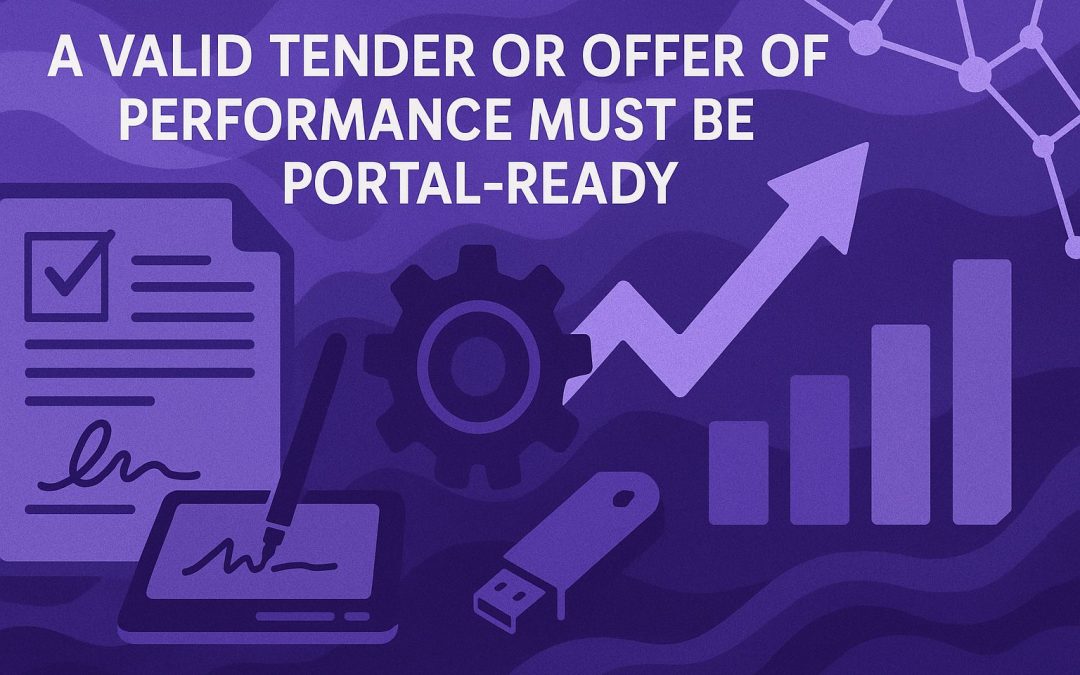

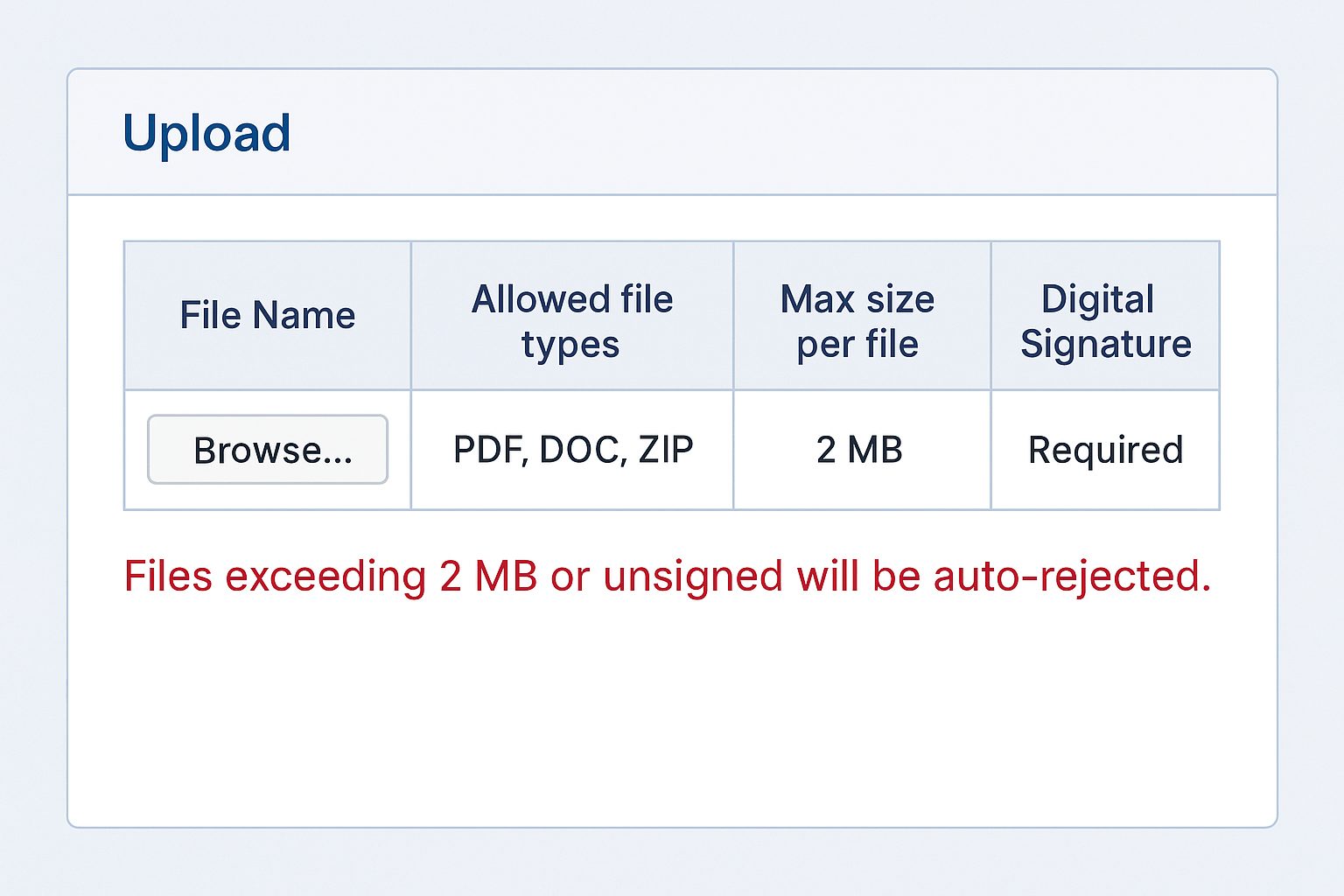
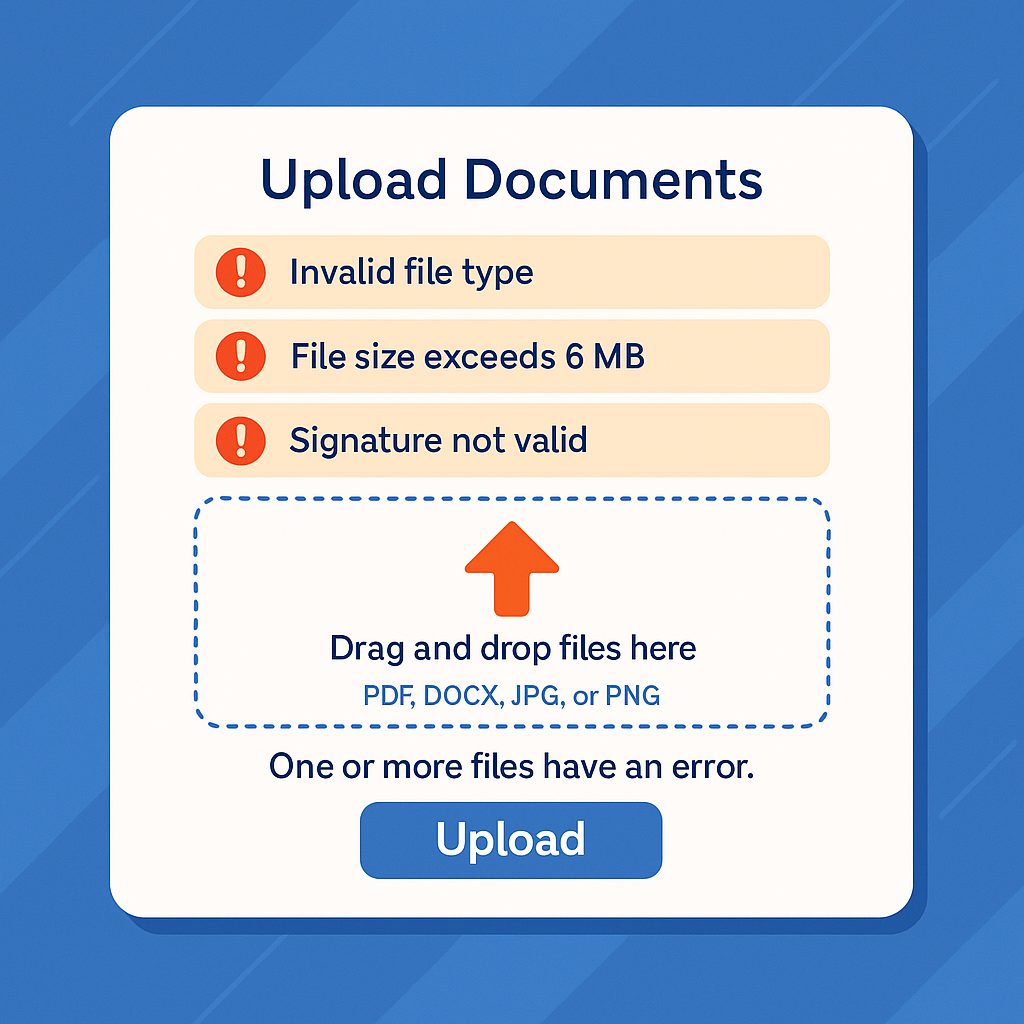
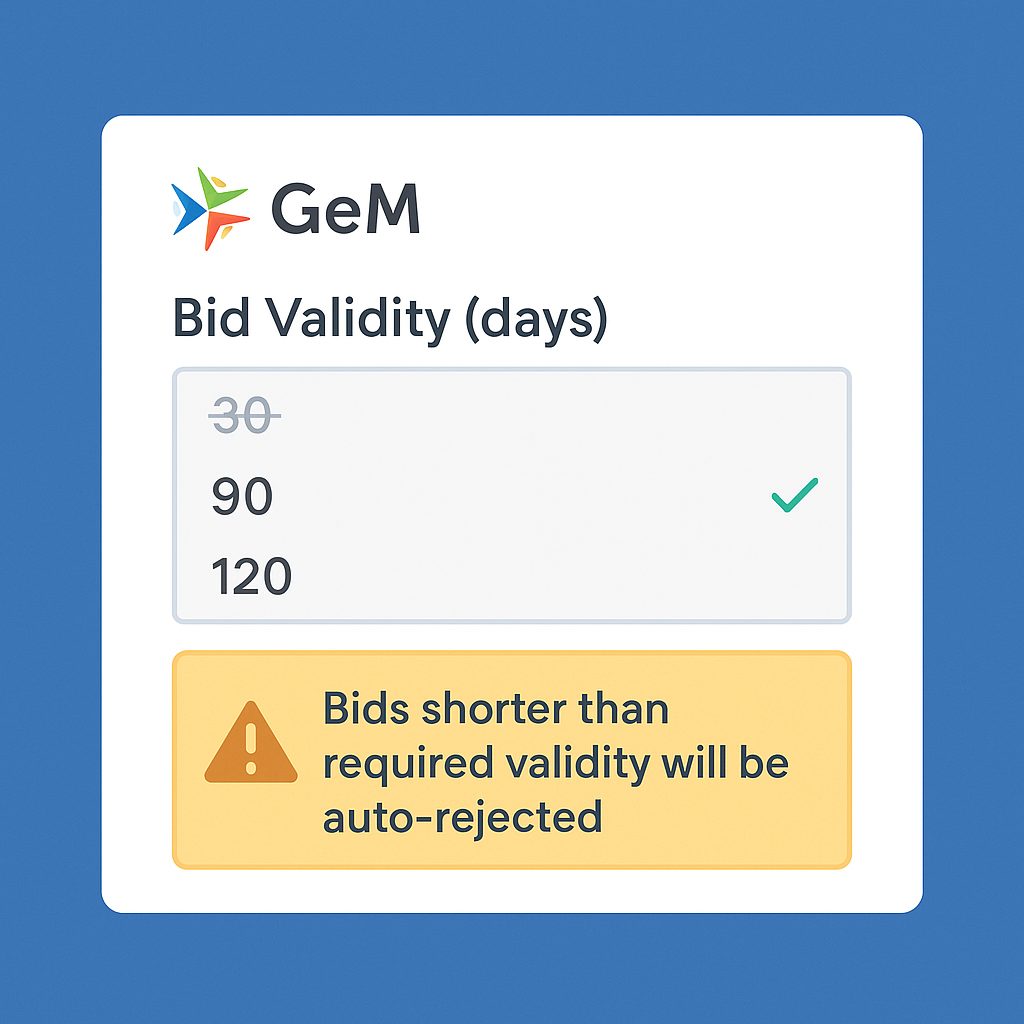
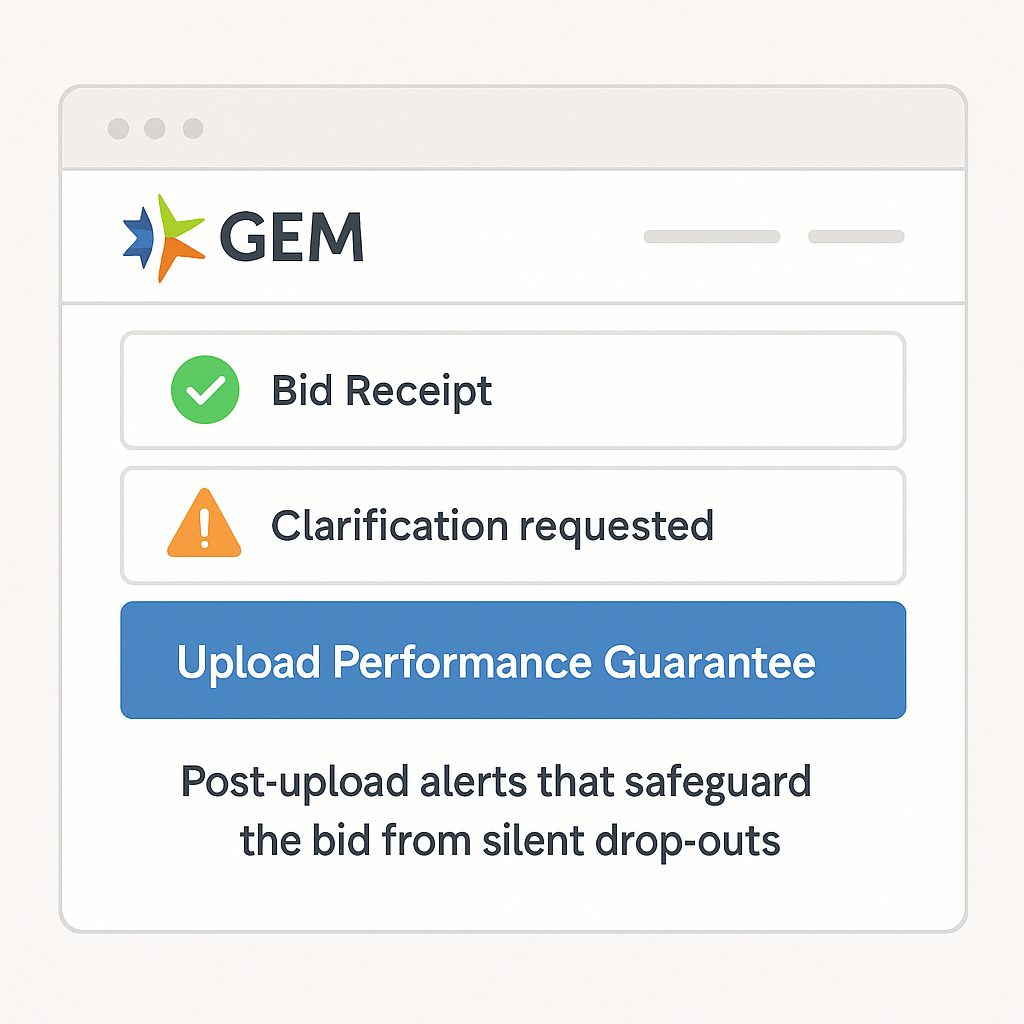

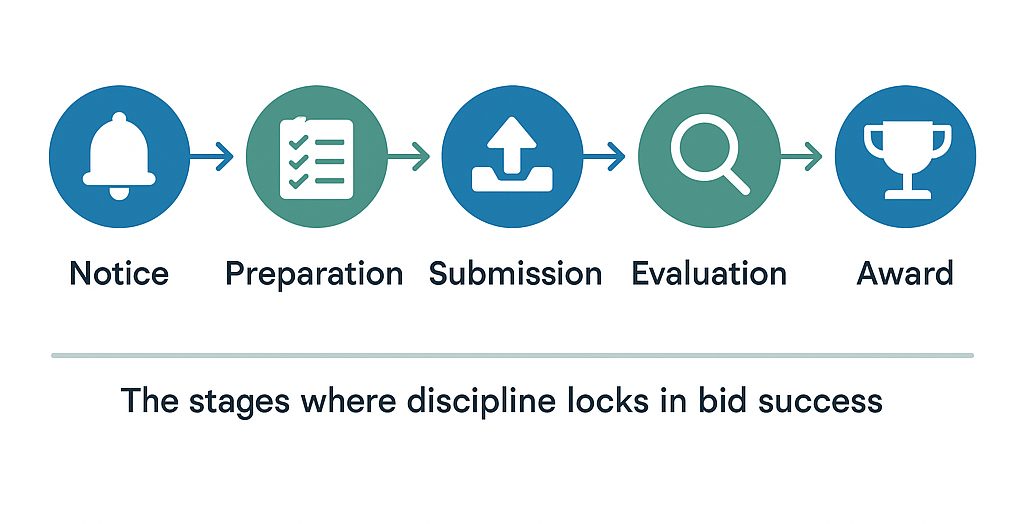


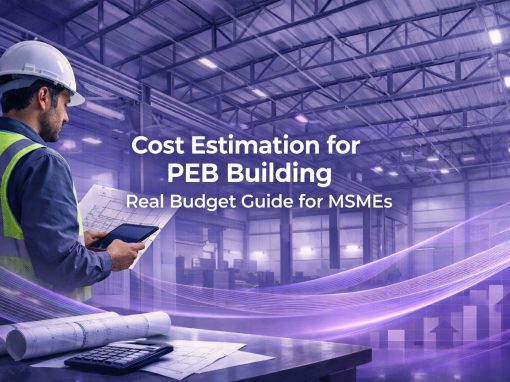


Being portal-ready is something, and my business learned the hard way. Last year, we lost a major road project tender because our documents were not formatted correctly for the portal. This article acts as a timely reminder for MSMEs like ours that the submission of a tender should be treated as seriously and as well-formatted as the execution of the project.
Still, many small businesses think uploading the BOQ and certificates will suffice. As noted here, performance-readiness means eligibility, digital verification, and compliance, plus verification in an appropriate timeframe. Very relevant and well-explained for those new to tender portals.